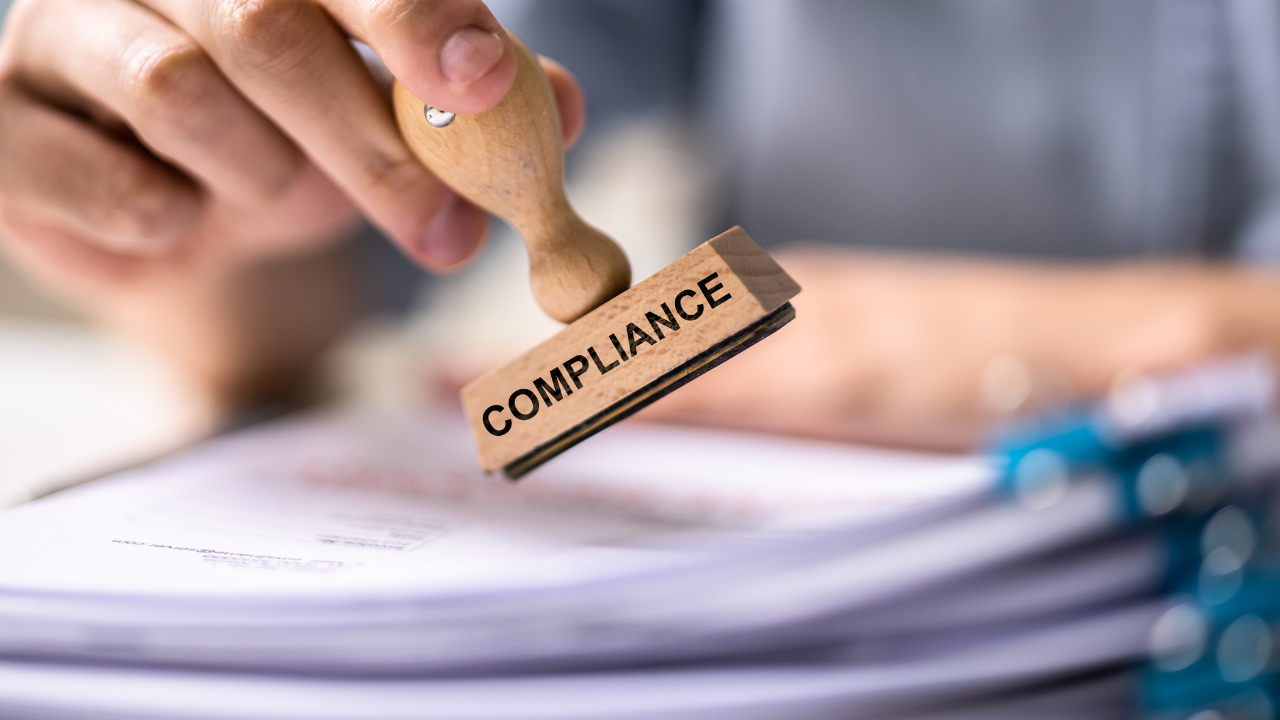Top 7 transaction monitoring software in 2026, key features, use cases, and how modern AML tools help businesses detect suspicious activity and reduce false positives.
Sanction Scanner Blog
Discover insights from AML experts about the sector, financial crime and regulations









